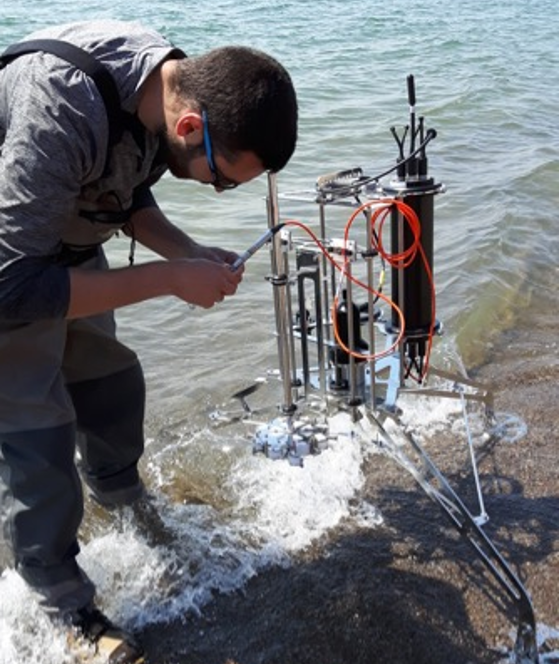A primary goal of water quality managers is to intercept or mitigate nutrients or pathogens at their source to ensure effective wastewater treatment. Source water treatment includes building onsite treatment systems and implementing agricultural best practice for crops. To ensure mitigation is working, managers often monitor nutrients and pathogens in water. These contaminants, however, can also be stored and resuspended from sediments at the bottom of lakes, wetlands, and built systems like stormwater basins, wastewater lagoons, constructed wetlands, and drainage ditches. The risks associated with the movement of nutrients and pathogen from long-term retention in sediment reservoirs are not well understood.
This project will develop new insights for evaluating the potential risk of sediment-nutrient-pathogen release and how it affects their quantity in waterbodies. Researchers will measure the level of contaminants found in sediments of tributaries in southern Ontario watersheds along the Lake Erie western basin. The presence of nutrients and pathogens is a significant concern for the Lake Erie watershed and a major stress in other Canadian and global watersheds, particularly as the climate warms.
Sediment-nutrient-pathogen dynamics can significantly affect the nutrient and pathogen loading in shallow, nutrient rich (i.e., eutrophic) waters and can delay recovery of a waterbody after external loads have been reduced. Microbial processes drive nutrient cycles in sediments, either directly by converting nutrients that are bound to bioavailable forms; or indirectly by regulating the physical and chemical conditions that control the type of nutrient or its solubility. Classic approaches to measuring nutrients from sediments often overlook these dynamic, complex pathways. This project will use advanced approaches that link microbial gene expression to controlled phosphorus and nitrogen release from the sediment water interface with the suspended sediment in the water column.
For more information, please contact Dr. Christopher Weisener ([email protected])
Other RAEON Projects
Projects to Come


